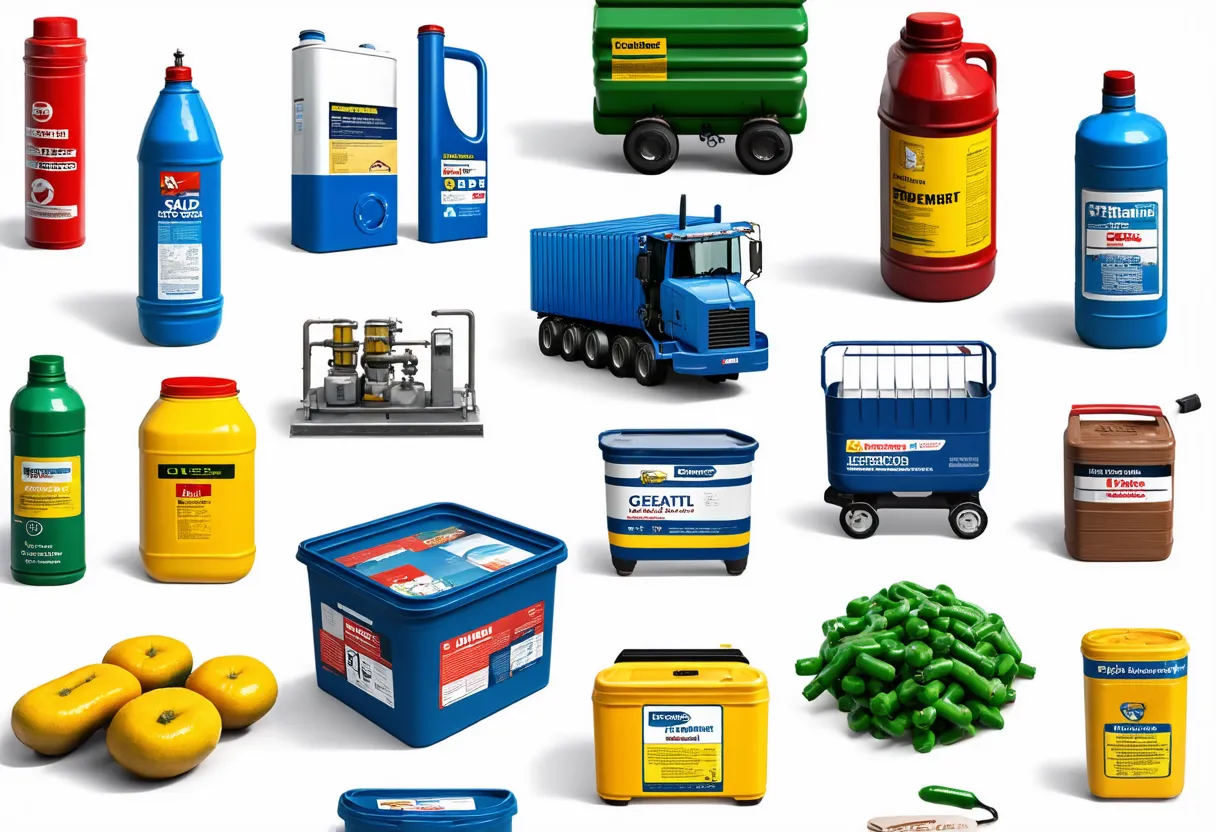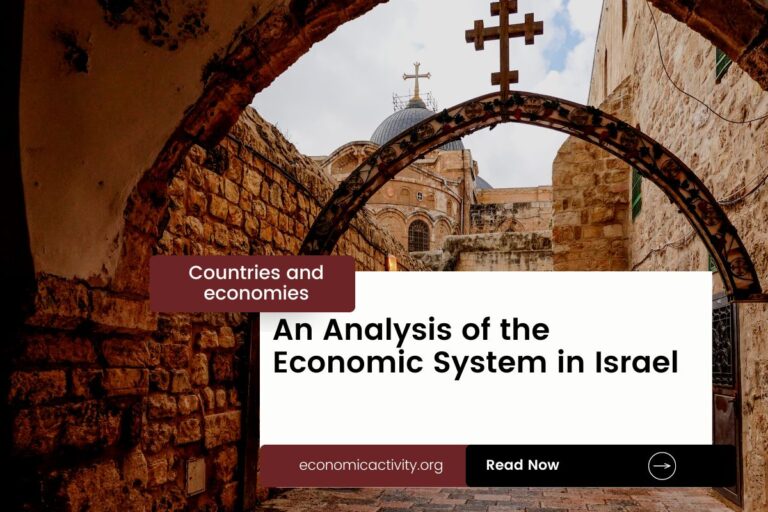Turkmenistan, with a population of 6,430,770, is ranked 106th in the world, just behind Bulgaria. Located in Central Asia, it covers 488,100 square kilometers, ranking 53rd globally, just behind Spain.
In 2022, Turkmenistan’s economy stands at a GDP of $56,542,857,142.8571, ranking 87th globally. It is closely followed by Slovenia, with a GDP of $60,063,475,466.3446, ranking higher. The GDP per capita in Turkmenistan is $8,792.5485, placing it at the 82nd position worldwide.
Notably, Gabon surpasses Turkmenistan in GDP per capita, with a figure of $8,820.34734. Despite its ranking, Turkmenistan’s economy shows potential for growth and development in the coming years.
What are the economic activities of Turkmenistan?
- Primary activities: 7.5% of GDP.
- Secondary activities: 44.9% of GDP.
- Tertiary activities: 47.7% of GDP.

Primary Sector of Turkmenistan
Turkmenistan’s primary sector, mainly agriculture, thrives due to its arid climate and abundant natural resources. With 72% of the land dedicated to agriculture, the country produces a variety of crops and animal products. The main agricultural products include milk, cotton, wheat, potatoes, watermelons, tomatoes, grapes, beef, sugar beets, and lamb/mutton.
Despite contributing 7.5% to the GDP, agriculture plays a crucial role in providing food security and employment. The diverse range of agricultural products highlights the sector’s importance and sustainability in Turkmenistan’s economy.
With a diverse geological landscape, the primary sector thrives on abundant natural resources. Petroleum, natural gas, sulfur, and salt play a crucial role in the economy, driving growth and development.
Turkmenistan’s oil production of around 185,891 barrels per day ranks it 21st globally. With 600 million barrels in reserves, it holds 0.04% of the world’s total.
Turkmenistan’s gas production of 79.3 billion m³ in 2020 solidifies its position as the 11th largest natural gas producer globally.
Secondary Sector of Turkmenistan
What is the secondary sector or what are secondary activities?
The secondary sector involves industries that transform raw materials into finished products for consumption. In Turkmenistan, the main industrial products include natural gas, oil, petroleum products, textiles, and food processing items. These products are manufactured for domestic consumption and export, contributing significantly to the country’s economy.
In Turkmenistan, manufactures make up a small percentage of total exports in 2023, indicating their relatively low importance in driving the country’s export economy.
Tertiary sector of Turkmenistan
What is the tertiary sector or what are tertiary activities?
The tertiary sector in Turkmenistan encompasses various services that focus on improving productivity and meeting needs through knowledge and time. Key activities include healthcare, education, banking, communication, tourism, transportation, and security services. These sectors play a crucial role in the country’s economic development and well-being.
Notably, Turkmenistan’s economy heavily relies on tourism, contributing significantly to its GDP. With over 125,000 annual arrivals, popular destinations like the ancient Silk Road city of Merv and the Darvaza Gas Crater (nicknamed the “Door to Hell”) attract visitors from around the world, fostering economic growth and cultural exchange.
Another example of tertiary economic activity is the mobile cellular sector, with approximately 6.3 million subscriptions, supporting technological growth by enhancing communication, facilitating e-commerce, and driving innovation.
International Trade of Turkmenistan
Import Activities of Turkmenistan

Turkmenistan’s import activities are crucial, accounting for 8.08% of GDP, totaling $4.57 billion in 2023.
Turkmenistan’s key import partners are the UAE, Turkey, China, Kazakhstan, and Germany. The country mainly imports broadcasting equipment, cars, wheat, computers, and iron structures.
Exports Activities of Turkmenistan

Turkmenistan’s total exports in 2023 amounted to $12.5 billion, constituting 22.11% of its GDP. This medium level of export activity is crucial for economic growth and stability.
Turkmenistan’s export activities are dominated by natural gas, refined petroleum, and fertilizers. Its key partners include China, Turkey, Uzbekistan, Azerbaijan, and Morocco, with China accounting for 71% of exports.
Turkmenistan economy challenges in 2024
In 2024, Turkmenistan faces economic challenges despite its natural gas wealth. The authoritarian regime and reliance on state-owned enterprises hinder growth. Developing pipelines offer hope, but diversification is crucial for long-term stability.




Leave a Reply